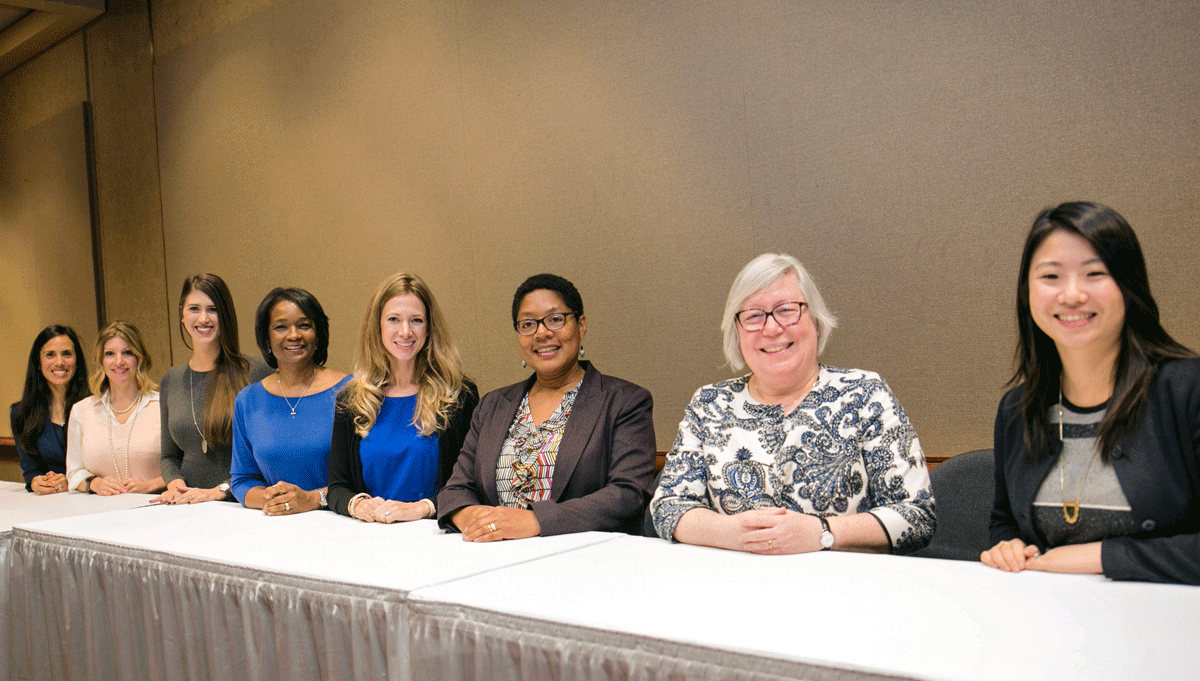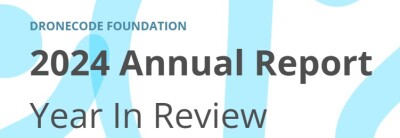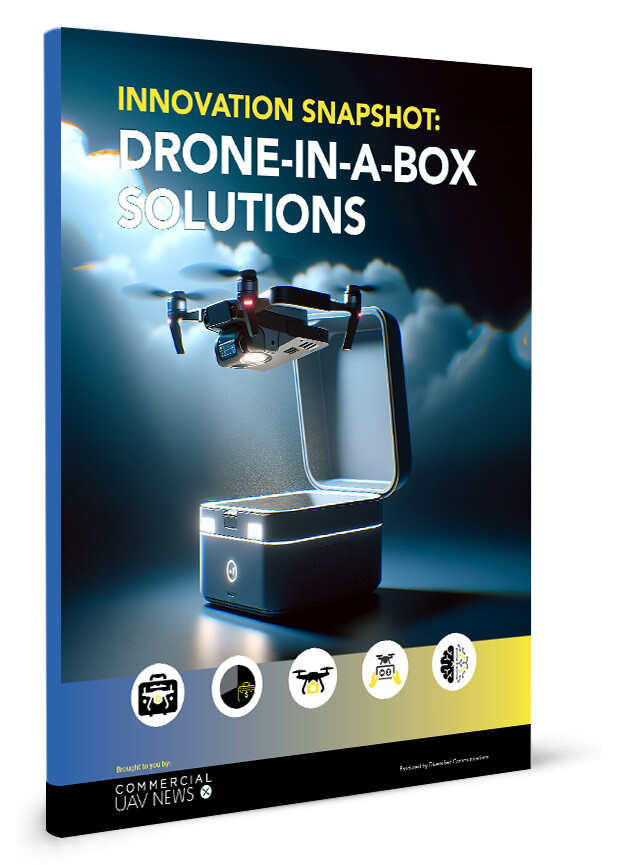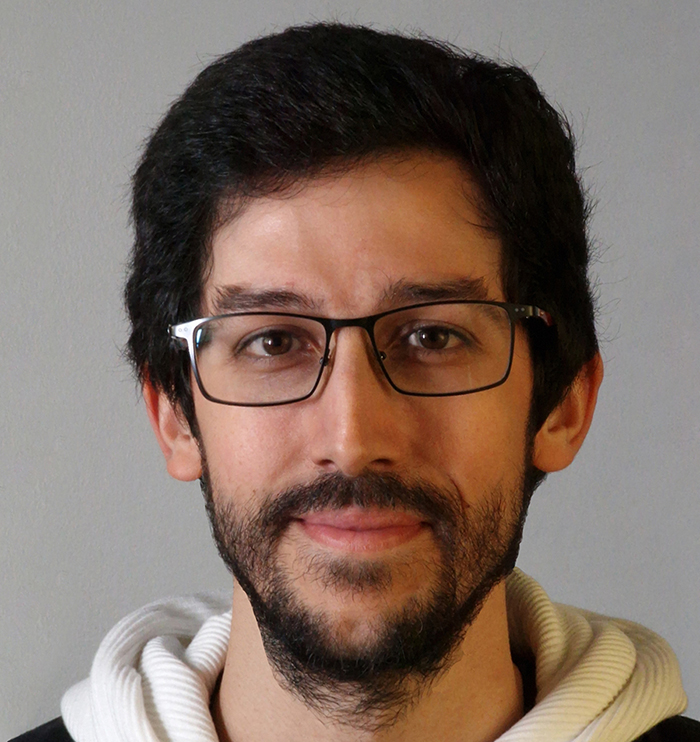The Women in Drones luncheon that took place at the 2016 Commercial UAV Expo brought together industry leaders to discuss the successes, challenges and opportunities that women across the commercial drone space are encountering. It provided attendees with a venue to specifically explore how issues like collaboration and confidence impact the entire drone community.
Lia Reich helped lead the discussion during the event, and as the VP of Marketing & Communications at
PrecisionHawk, she was able to offer a perspective that demonstrated what it means to be a leader within an organization and an entire industry. Her efforts to showcase PrecisionHawk’s focus on building a drone platform that will deliver better answers more effectively while enabling safe, low altitude flight have helped position the company as one of the most recognizable in the space.
I caught up with Lia to ask her about some of the topics she talked through during the event. We discussed what aspect of the discussion she found to be most notable, what sort of opportunity she’s seen open up under Part 107, how she sees the industry evolving in the short and long-term, plus plenty more.
Jeremiah Karpowicz: You mentioned how lucky you felt to sit on the panel at the Women in Drones luncheon. Which of the women that you were able to connect with left a lasting impression on you in terms of either what they’ve done in the drone space or are planning to do?Lia Reich: I feel fortunate to be included with such a distinguished group of women, and also to
follow up Dyan Gibbens in this series. Dyan has been a valuable resource to me, personally and professionally, as a true trailblazer in this industry. Having the opportunity to solicit ideas and advice from someone like her in a casual forum, like the Women in Drones luncheon, is one of the things I love about this movement.

Lyela (right) and Lia (left) following a WID event
Over the past 18 months, I have been so impressed by the steady increase in drone entrepreneurs coming right out of school. At the luncheon I met a young woman named Olivia. She recently launched Sparrow Skies, a drone servicing company in New York. A few weeks later I was able to connect with Lyela who is completing her degree in Aviation and Unmanned Aircraft Systems next spring. Since meeting Lyela at a Women in Drones event last year, we have stayed connected on opportunities in the drone space.
It’s very easy to get wrapped up in the competitiveness of this environment. That said, when you show up to a Women in Drones event there is a true willingness to support one another. It continues to motivate me and excite me about this space and where we are headed.
Was there a particular discussion or conversation during the event that you found to be especially noteworthy or illuminating?Talking about money is uncomfortable, but when it comes to negotiating your salary or asking for a raise… do it anyways!
Transparency is very important in the tech industry, especially pay transparency, as we build businesses and develop positions across the drone market. I love that this group was willing to dive into best practices.
A very simple takeaway, confidence is key to a successful negotiation. It is also something you can practice. Before any negotiation, (1) map out the value you bring based on your achievements, experience or education so you can clearly articulate your worth. (2) Practice your pitch in front of someone else (your girlfriends, a mentor). (3) Just do it!
What does the #womenintech movement mean to you?We have a platform. Especially in this drone niche, an industry that spans technology, science and engineering and dominates the media. We have an opportunity to build technology that will change the world while serving as an example to young women who want to be technology leaders and innovators.
I believe this means we have an obligation to take risks. Personally, I am in an environment where I can try many different ideas. Having trust in your female leaders will empower them to fail fast, if necessary, but ultimately bring more, innovative ideas to the table. The #womenintech movement cultivates a supportive tribe that promotes confidence through successes as well as failures.

Speakers at the Women in Drones luncheon share a laugh before the event.
One of the things we really believe in at PrecisionHawk is the value of collaboration. At the beginning, we all bought into the idea that this industry is still in the first inning. Meaning, we can’t build solutions in a vacuum.
In brand building, many of my key initiatives have started with partnerships. We are never going to be the expert in every space, so the question for me to answer is how can I better understand our customers and how PrecisionHawk can serve their needs? You can’t disrupt a market you don’t understand. Investing in partnerships early on gave me invaluable insights to build on.
Once you understand the need, it becomes much easier to create stories that speak to the value of the technology and disseminate those stories through various mediums that amplify the message (media, social media, content creation, video etc.).
Now that we have Part 107, do you think the biggest barrier to entry in terms of utilizing a UAV in a commercial setting has been eliminated? What kind of an impact will we see in terms of adoption specifically in the agriculture space?Although the biggest barrier to entry in terms of flying drones commercially is past, we now have to look at extracting value for the customer, which I believe is the biggest barrier to wide scale adoption.
Using agriculture as an example, from an agronomics perspective Part 107 allows you to really track progress across a crop development cycle. This allows the farmer to make better, more effective decisions every day rather than waiting until there are large impacts that are affecting his/her field or even the entire farm. But farmers are living year to year on the cost that goes into their farm and the yield that comes off of their farm. Proving the return on investment of any new piece of technology is of utmost importance.
Since I became involved in the drone space in 2013, it has evolved to the point where people are putting more focus on the value proposition of the applications of drones rather than the excitement of flying them, which is very good for growth and development of the industry.
I think that value proposition you mentioned really is going to become a real focus for professionals of all types and sizes as we move forward. Doing so will bring us all the way out of the hype around how “cool” this technology is and allow people to really focus on things like ROI and deliverables, don’t you think?The hype surrounding consumer drones continues AND is enhanced with stellar marketing, decrease in cost and increase in accessibility (just think about the number of drones being sold this Christmas from the shelves of Costco to two-day delivery via Amazon Prime). But in the context of the IoT ecosystem, B2B applications are set to generate the majority of potential value.
Seed and chemical, energy and insurance companies represent a few seeing initial payoff from drone technology. On the commercial front, drone manufacturers, software and service providers are stepping up to deliver the expected value in regards to cost savings, increased efficiencies and other ROI measurables and have not failed to strengthen the value add through case study development and influencer marketing tactics.

Lia Reich at the Women in Drones luncheon.
Drones are not powerful unless they have applications to go with them. 2017 is the year of the application. So this is a very exciting time because people are coming up with new ideas and new applications for how drones can be used.
Right now there are point solutions that have been developed around drones. What we are seeing is a shift towards a full ecosystem to develop and leverage what drones can do uniquely. Because PrecisionHawk looks at the remote sensing challenge holistically, we are trying to drive all the way to action and do that in the most automated way possible.
There are going to be many ways to collect data whether it’s satellite, manned aircraft, drones, and all of these data feeds need to be integrated to deliver the best insight possible to the end user. Ensuring all the right connections are made (the drone goes up, collects all the data you need, goes into the right system and then an action is programmatically taken thereafter), that is where we are headed.
What’s the most significant long-term development you’re hoping to see take shape in the near future that will impact the industry for years to come?As people continue to build businesses that promote wide scale commercial adoption of drones, the way to unlock more advanced use cases is to develop a standard around air traffic control/management. This requires a collective industry effort to move the safety needle forward so we can pre-assess risk and evaluate connectivity (ground and airspace issues) to allow
companies to mitigate risk while using the technology. When we get to this point, drones will give us the advantage to perform repeatable, programmatic, commercial flight.


















Comments